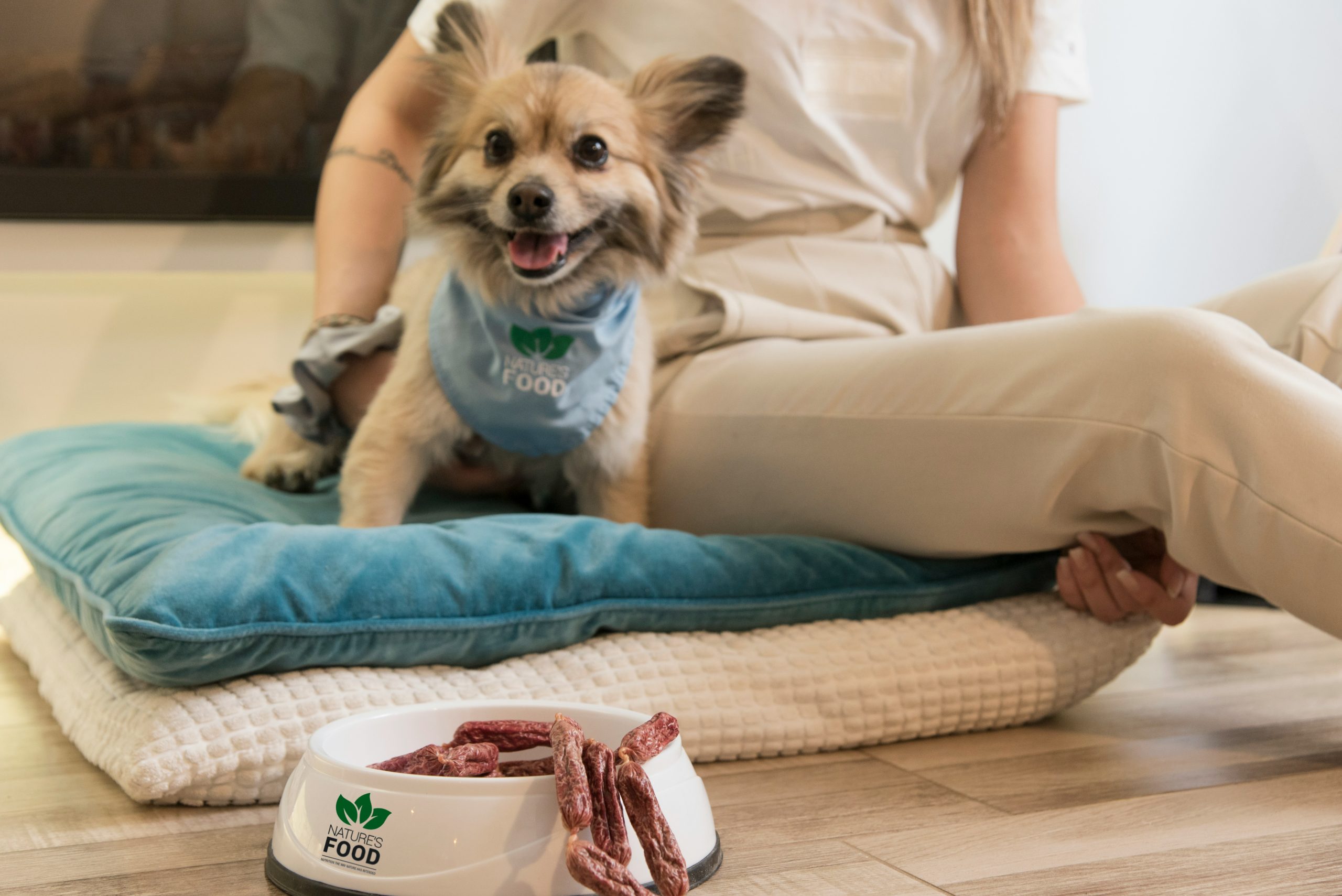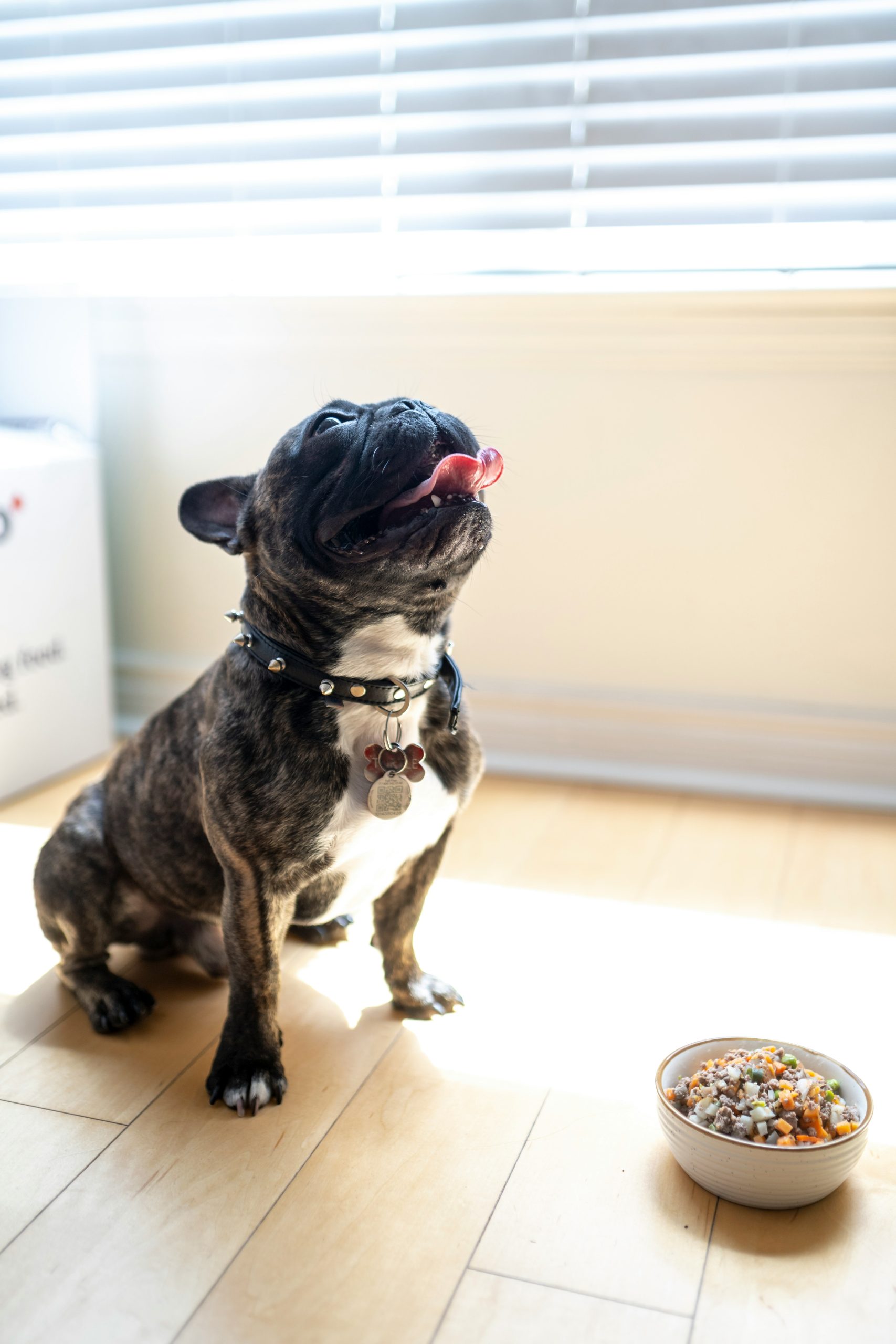The Raw Truth: Unleashing the Power of Raw Food Diet for Dogs
A comprehensive guide to the raw food diet for dogs, including benefits, risks, balancing the diet, transitioning, and common ingredients used.
Overview of Raw Food Diet in Dogs
A raw food diet for dogs, often referred to as Biologically Appropriate Raw Food (BARF), involves feeding canines raw meat, bones, vegetables, and fruits while eliminating processed foods. There is a rising trend among pet owners to opt for raw meat-based diets for their dogs, driven by concerns about the quality of commercial pet foods and a desire for more control over their pets’ health. This diet model is gaining popularity due to its focus on providing essential nutrients through homemade preparations, offering a more natural and balanced approach to canine nutrition.
When considering a raw food diet for dogs, owners often compare homemade raw diets with commercial raw diets. While both options have their merits, the choice depends on factors such as convenience, cost, and the specific dietary requirements of the dog. Understanding the basics of raw feeding and the differences between homemade and commercial options can help pet owners make informed decisions about their furry companions’ nutrition.
Benefits of a Raw Food Diet for Dogs
One of the key benefits of a raw food diet for dogs is the potential improvement in digestion and nutrient absorption. By providing dogs with a diet closer to what their ancestors ate, raw food diets can support healthier digestion and reduce the risk of allergies and skin conditions. Additionally, feeding raw bones can contribute to enhanced dental health by reducing tartar buildup and promoting gum health. For example, incorporating raw bones into a dog’s diet can help maintain strong teeth and gums while providing mental stimulation and a natural outlet for chewing instincts.
Moreover, a raw food diet can aid in healthy weight management for dogs. The diet’s focus on whole, unprocessed foods can help regulate calorie intake and promote a lean body condition. By feeding dogs a balanced raw diet tailored to their individual needs, owners can support their pets’ overall well-being and longevity. An example of this is observing a gradual improvement in a dog’s energy levels, coat quality, and overall vitality when transitioning to a well-balanced raw food diet.
Risks and Considerations of Feeding Dogs a Raw Food Diet
Feeding dogs a raw food diet comes with several risks and considerations that pet owners should be aware of. One significant concern is the potential for bacterial contamination in raw meat, which can harbor pathogens like Salmonella and Listeria, posing health risks not only to the dogs themselves but also to their human companions. These bacteria can cause symptoms such as fever, diarrhea, and vomiting, highlighting the importance of handling raw food with care to prevent the spread of harmful microorganisms.
Moreover, the risk of nutritional imbalances in homemade raw diets is a critical factor to address when choosing this feeding approach for dogs. A poorly balanced diet may lack essential nutrients, leading to deficiencies or excesses that can impact the dog’s overall health. Additionally, the practice of feeding whole bones in raw diets can increase the likelihood of gastrointestinal obstructions, dental fractures, or oral injuries in dogs, underscoring the need for caution and proper portioning when including bones in the diet. Prioritizing food safety, consulting with a veterinarian, and ensuring a balanced nutritional profile are crucial steps in mitigating these risks and safeguarding the well-being of dogs on a raw food diet.
Balancing a Raw Food Diet for Dogs
Balancing a raw food diet for dogs involves more than just providing the right nutrients; it’s about understanding the roles these nutrients play in your dog’s overall health and well-being. For instance, protein is essential for muscle development and repair, while fats are a concentrated source of energy and aid in nutrient absorption. By including a variety of protein sources like beef, chicken, and fish in your dog’s diet, you can ensure they receive a wide range of essential amino acids for optimal health.
In addition to proteins and fats, vitamins and minerals are equally vital for your dog’s health. For example, vitamin A is crucial for vision and immune function, while minerals like calcium and phosphorus are essential for strong bones and teeth. By incorporating nutrient-rich organ meats like liver into your dog’s raw food diet, you can provide them with these essential vitamins and minerals in a natural and bioavailable form. Furthermore, adding vegetables such as spinach and carrots can supply fiber for digestive health, along with vitamins and antioxidants to support your dog’s overall well-being.
When balancing a raw food diet for your dog, it’s also important to consider the use of supplements like fish oil and probiotics. These supplements can help enhance the nutritional profile of the diet, providing additional benefits such as improved skin and coat health, immune support, and digestive balance. By carefully planning and preparing your dog’s raw food meals with a focus on nutrient variety and balance, you can ensure they receive all the essential nutrients needed to thrive on a raw food diet.
Transitioning to a Raw Food Diet for Dogs
Transitioning a dog from traditional dog food to a raw food diet requires a systematic process to prevent any digestive issues or allergic reactions. A recommended timeline for this transition involves gradually replacing portions of the existing diet with raw food over several days or weeks, allowing the dog’s system to adapt to the new food. For example, during the first few days, a small percentage of the dog’s meal can consist of raw food, gradually increasing this amount while decreasing the traditional dog food portions. This slow adjustment helps the dog’s gastrointestinal system acclimate to the raw diet, reducing the likelihood of stomach upset or diarrhea.
During the transition period, close monitoring of the dog’s health and behavior is crucial. Pet owners should observe for signs of allergies, such as itching, excessive licking, or digestive disturbances like vomiting or diarrhea. If any adverse reactions occur, adjustments to the diet should be made promptly by either altering the ingredients or slowing down the transition process. By paying attention to these details and responding accordingly, dog owners can tailor the raw food diet to suit their pet’s individual needs, ensuring a successful and healthy switch to this new feeding regimen.
Common Ingredients Used in a Raw Food Diet for Dogs
When formulating a raw food diet for dogs, it is essential to consider a variety of ingredients to ensure a comprehensive and balanced nutritional intake. For instance, including a mix of protein sources like beef, chicken, lamb, and fish can offer a wide array of essential amino acids necessary for muscle development and overall health. Organ meats such as liver and kidney are rich in essential nutrients like vitamin A and iron, contributing significantly to the dog’s well-being.
Moreover, incorporating vegetables and fruits into the raw food diet can provide essential fiber for digestion, a spectrum of vitamins for overall health, and antioxidants for cellular protection. For example, adding leafy greens like spinach or kale can offer vitamins A, C, and K, while fruits like blueberries can provide antioxidants that support the immune system. By selecting high-quality ingredients sourced from reputable suppliers, pet owners can ensure that their dogs receive the necessary nutrients to thrive on a raw food diet tailored to their specific dietary requirements.



